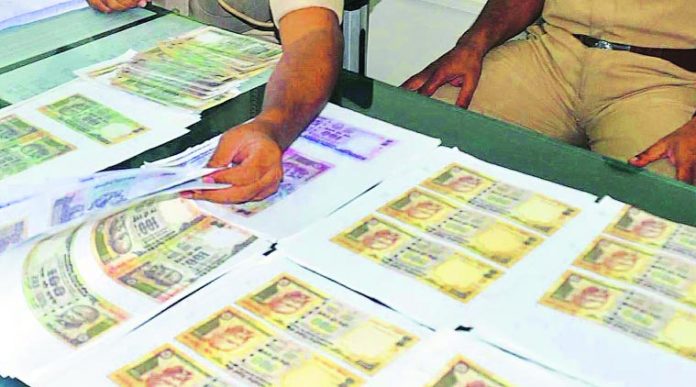
In a surprise announcement Tuesday night, Prime Minister Narendra Modi said India will replace its largest-denomination bank notes with newly designed ones, a move aimed at curbing corruption, thwarting counterfeiters and dredging up what could be billions of dollars of taxable income currently stashed in the underground economy.
The new 500 and 2,000-rupee notes, worth around $7.50 and $30 respectively, will begin to circulate soon. Current 500 and 1,000-rupee bills ceased being legal tender Wednesday but can be redeemed at banks and post offices until Dec. 30.
The country’s central bank said 405,000 counterfeit 500- and 1,000-rupee notes were found in the banking system in the year that ended in March, representing around $4 million. But researchers at the Indian Statistical Institute estimated this year that the total value of fake bills in circulation, including those that go undetected by banks, may be as high as $60 million.
Old bills will continue to be accepted for the next few days at railway- and bus-ticket counters, as well as at state-run hospitals, crematoria and milk vendors. People who aren’t able to deposit their current notes before the December deadline can do so at special offices, after turning in a declaration form, until March 31.
The rush of money flooding into banks, said Ms. Arora, the economist, could mean a boost to liquidity in the system. But by removing one method for making large transactions—many real-estate purchases in India, for instance, are in cash—the change might cause the wheels of the economy to seize up temporarily, she said. “Right now, this is likely to have negative implications for growth.”













